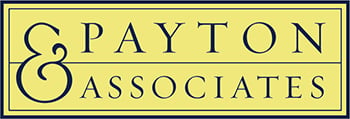As discussed last week in this blog, legal disputes can quickly arise between Miami business owners when problems occur during construction projects. Often times, these disputes involve contractors, subcontractors and the owner of the property and include issues like payment and the progress of the work completed. This is not always the case, however, as all aspects of the project can involve disputes between the different entities involved.
For instance, disputes can emerge during the engineering phase of the project. Individuals involved with the project may seek to hold the engineer legally liable not only based on a breach of contract but also based on tort liability as well.
Like other professionals, engineers can be held liable for professional malpractice in connection with an engineering project. Engineers are judged by basically the same legal standard as these other professionals, including doctors, lawyers and others.
The legal standard of negligence looks at whether the person involved violated the duty of care he or she was bound to follow. In the case of engineers, the test is whether the engineer violated the duty of care that a reasonable engineer would have applied in the situation. Accordingly, this test looks at what a reasonable engineer would have done in the same circumstances.
If the engineer is considered to be negligent under this test, and that negligence caused damages to others, then the engineer can be held legally responsible in a tort case for engineering malpractice. The engineer can be ordered to pay the damages that have been suffered, which can be very substantial, particularly in larger scale projects. Accordingly, allegations of professional malpractice should be taken very seriously by all parties involved.
Source: American Society for Engineering Education, “Engineering Malpractice: Avoiding Liability Through Education,” Martin S. High, accessed on April 9, 2016

